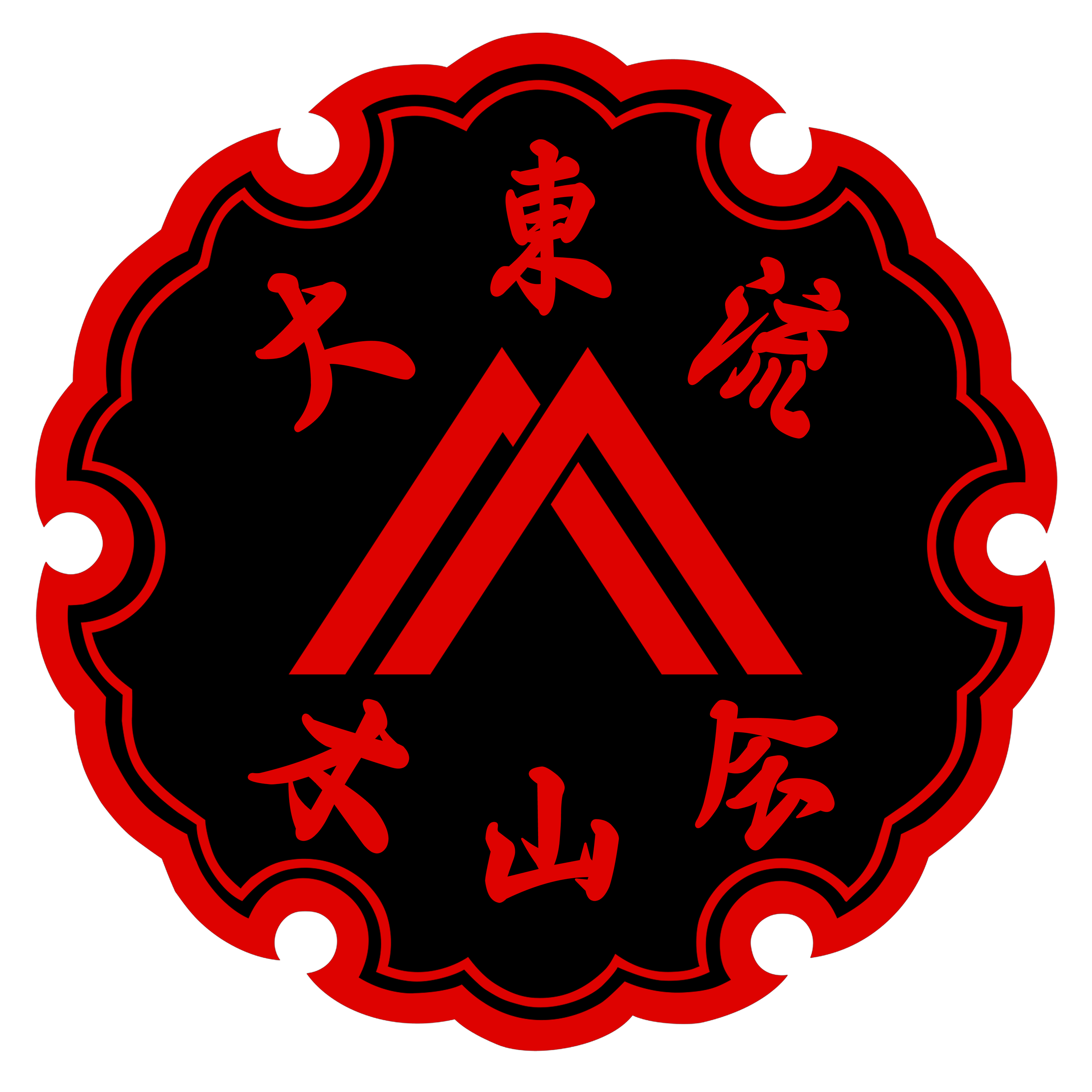Sam Chin and Roy Goldberg: Chinese and Japanese Perspectives on Internal Power
Recently, I observed an historic joint seminar held by Sifu Sam Chin and Roy Goldberg Sensei on internal power in their respective arts. Sifu Chin is the head instructor of I Liq Chuan, a Chinese family style with influences including Hsing-I and Bagua that Chin inherited from his father Grandmaster Chin Lik Keong. Goldberg Sensei is one of the highest ranked non-Japanese practitioners of Daito Ryu and has earned a 7th dan and the third scroll from the Kodokai Hombu dojo in Japan. Sifu Chin and Goldberg Sensei compared their Chinese and Japanese perspectives in a unique coming together of martial arts masters. The more they taught, the more the similarities in their approaches became apparent. I wanted to try and share some of what these two excellent teachers discussed. I will do my best to accurately relate what was said, but will apologize in advance for any inevitable gaps in my limited understanding. This was my first encounter with I Liq Chuan and I am certain there are many aspects I missed or misunderstood.
Sifu Chin is a martial artist with exceptional skill and power. He spent several years training in a Buddhist monastery and emphasizes the importance of Taoist and Zen philosophy in understanding his art. Chin said, "The only questions that matter are, What do you know? How do you know it? And what is knowing?” Chin explained that when encountering an opponent, we can only know them, their actions, and their intentions, through feeling. Chin said that we cannot know what is happening in the now by anticipating or expecting an action based on our preconceptions. Our memories can not tell us what is happening now, that is looking to the past to understand the now. We can only know by being present and feeling. When we make contact with our training partner, we must feel what is actually happening by being completely present.
Goldberg Sensei frequently shares a similar concept, "You have to be there. You have to live there.” Sensei admonishes students, you can't be grabbed and then enter, or receive the attack and then respond. You must already be engaged when your partner makes contact. You are already there, because you are always there. This is part of developing what is often referred to as an aiki body.
Goldberg and Chin crossed hands, feeling each other out. To observers it seemed that they were barely moving. Suddenly they started laughing. Chin turned to the audience, “You see nothing, but we are having a conversation!”








Both Goldberg sensei and Sifu Chin agreed that when you make contact you can't be chasing how you think the interaction should feel. If you are focused on what a technique is supposed to look like externally, your mind is attached to your image of what should be instead of what is. This attachment means that you have already lost.
These similar ideas of mindfulness point to an important aspect of internal training that Goldberg Sensei has discussed in the past. When training, the body and nervous system must be engaged and not the rational mind. If your analytical mind fixates on the grab, then your whole body intent collapses and you are pulled out of being present. In Japanese this state might be described as mushin, or "no mind." It is an important part of training your body even if a technique is unsuccessful.
Chin and Goldberg each demonstrated a fundamental connection exercise from their respective arts. Goldberg Sensei demonstrated the sticky waving pulse of Daito Ryu using an uchi te grab and the two-hand age aiki exercise. Sifu Chin demonstrated a push hands style interaction that emphasized feeling for the balance point of contact with your partner. One side laid hands on the top of their partner's wrists while the other side felt for connection from beneath. Both sides seek a balance point to control the other. In both exercises, softness is emphasized because you are listening to your partner.
Speaking as a Daito Ryu student with a limited understanding of my own art and in my first real exposure to I Liq Chuan, the exercises were clearly different but seemed to have a similar feel and intent, the main difference being when Daito Ryu students practice the kata the uke plays the role of a committed attacker, whereas the I Liq Chuan students seemed to practice with both sides seeking initiative simultaneously. From my perspective, meeting and practicing with Sifu Chin's generous students felt like meeting martial arts cousins I didn't know I had.
Chin described how important it was to find the balance point. “The center connects to the bone and then stretches. It must be very strong to be the balance point...it must be be able to move in six directions or it is not the center.” This concept of the unmoving center as the balance point resonates with the image of "Fudo Myoo" in Daito Ryu, the immovable body that everything else moves around.
Sam Chin and Roy Goldberg Discuss the immovable balance point.
Although these two teachers were barely able to skim the surface of their arts in the time they had, the connections were obvious. The biggest lesson for me though, was seeing two great martial artists from very different backgrounds meet with open minds, to learn from each other and share their dedication to shugyo. I, for one, hope to see them on the mat together again some day.
—John Sorensen













